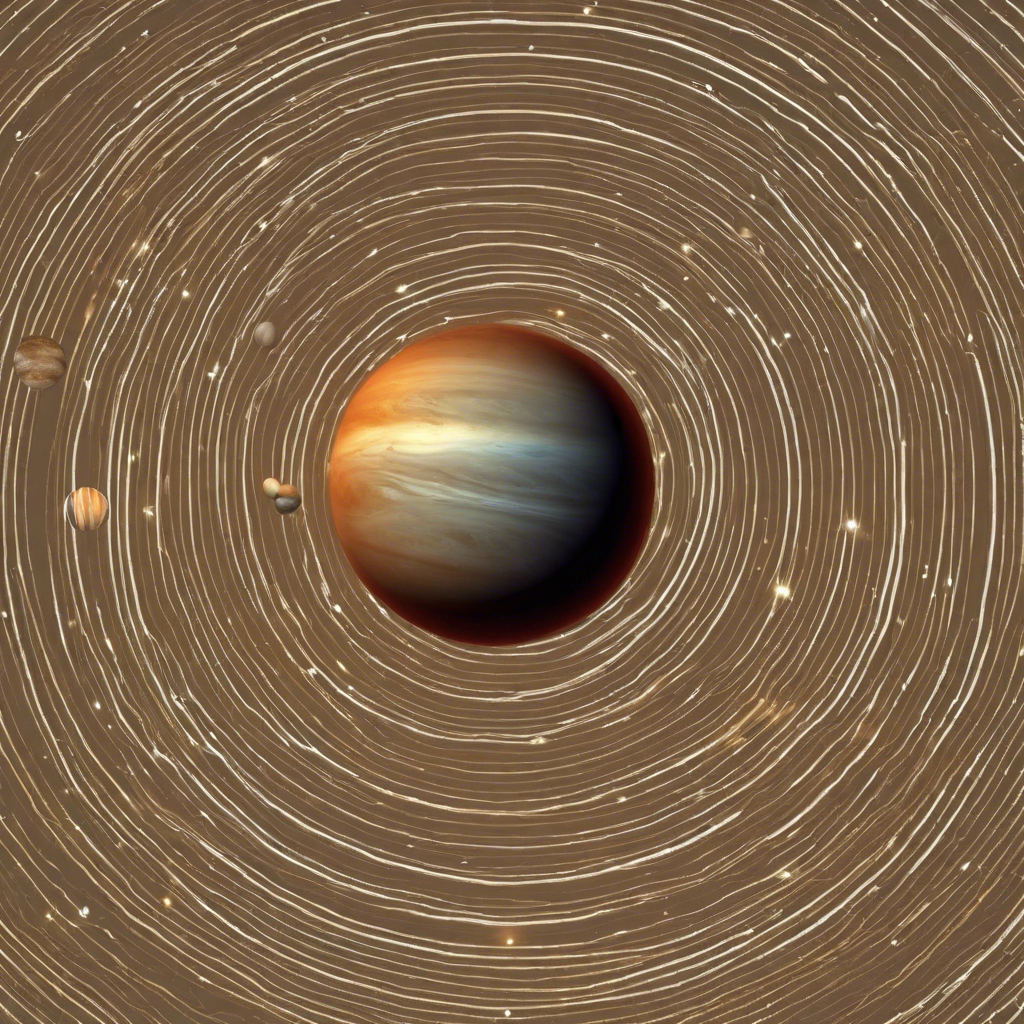Researchers discover a solar system with planets locked in a precise orbital dance, shedding light on the formation and evolution of planetary systems.
In a solar system located 100 light years away, scientists have made a remarkable discovery. Six planets within this system are engaged in a perfectly synchronized orbital dance, a phenomenon known as resonance. This rare occurrence, reported in the journal Nature, offers valuable insights into the formation and evolution of planetary systems. While most solar systems lose this resonance over time due to various factors, the study of these synchronized orbits provides a glimpse into the early stages of planetary formation. This newfound solar system, located in the constellation Coma Berenices, holds the key to understanding the mysteries of our own planetary system.
The Dance of Resonance:
Resonant orbits, where the orbital periods of neighboring planets form a precise ratio, are a rarity in outer space. Only about one percent of solar systems maintain this synchronized relationship between their planets, as stated by the European Space Agency (ESA). Our own solar system, for instance, lacks such alignment in its planetary orbits. By studying the resonance within this distant solar system, scientists hope to unravel the reasons behind the lack of resonance in our own planetary system.
Unveiling a Fossilized Solar System:
The solar system under investigation appears like a fossil, frozen in time. Rafael Luque, an astronomer at the University of Chicago and co-author of the study, compares it to peering into the past. The orbits of these planets have remained unchanged for billions of years. Most planetary systems lose their synchronized relationships due to factors like massive collisions, the formation of large planets, or close encounters with other stars. By studying resonant orbits, researchers can gain valuable insights into the formation and evolution of planetary systems.
The Intriguing Planetary System:
The solar system in question revolves around a star with a radius and mass approximately 80 percent that of our sun. The planets within this system have radii ranging from 1.94 to 2.85 times that of Earth, placing them between the size of Earth and Neptune. The data used for the study was collected from NASA’s Transiting Exoplanet Survey Satellite and the ESA’s Characterizing Exoplanet Satellite.
The Astonishing Orbital Ratios:
The most fascinating aspect of this solar system is the precise orbital ratios between its planets. The first planet orbits the star almost exactly three times for every two orbits of its neighboring planet. This same ratio is observed between the second and third planets. The researchers were able to predict the relationships of the remaining three planets’ orbits and match these predictions to the collected data. Astonishingly, these planets also moved in balanced ratios, with the third planet orbiting three times for every two orbits of the fourth planet, and the fourth and fifth planets orbiting four times for every three orbits of the fifth and sixth planets.
Implications and Further Discoveries:
The short orbital periods of all six planets, ranging from nine to 55 days, indicate their close proximity to their star. As a result, these planets experience extremely high temperatures, ranging from 330 to 980 degrees Fahrenheit. The low densities of three of the planets suggest the presence of atmospheres rich in hydrogen, possibly with rocky cores. This discovery not only sheds light on the formation and survival of resonant systems but also provides valuable insights into the enigmatic exoplanets that fall between the size of Earth and Neptune. These planets, which closely orbit more than half of all stars similar to our sun, remain mysterious to astronomers.
Conclusion:
The discovery of a solar system with planets engaged in a precise orbital dance offers a rare glimpse into the early stages of planetary formation. This synchronized resonance provides valuable clues about the formation and evolution of our own solar system. By studying the dynamics of this distant system, scientists hope to unravel the mysteries of planetary systems and better understand the exoplanets that populate our galaxy. As we continue to explore the vast expanse of space, each new discovery brings us closer to understanding our place in the universe.











